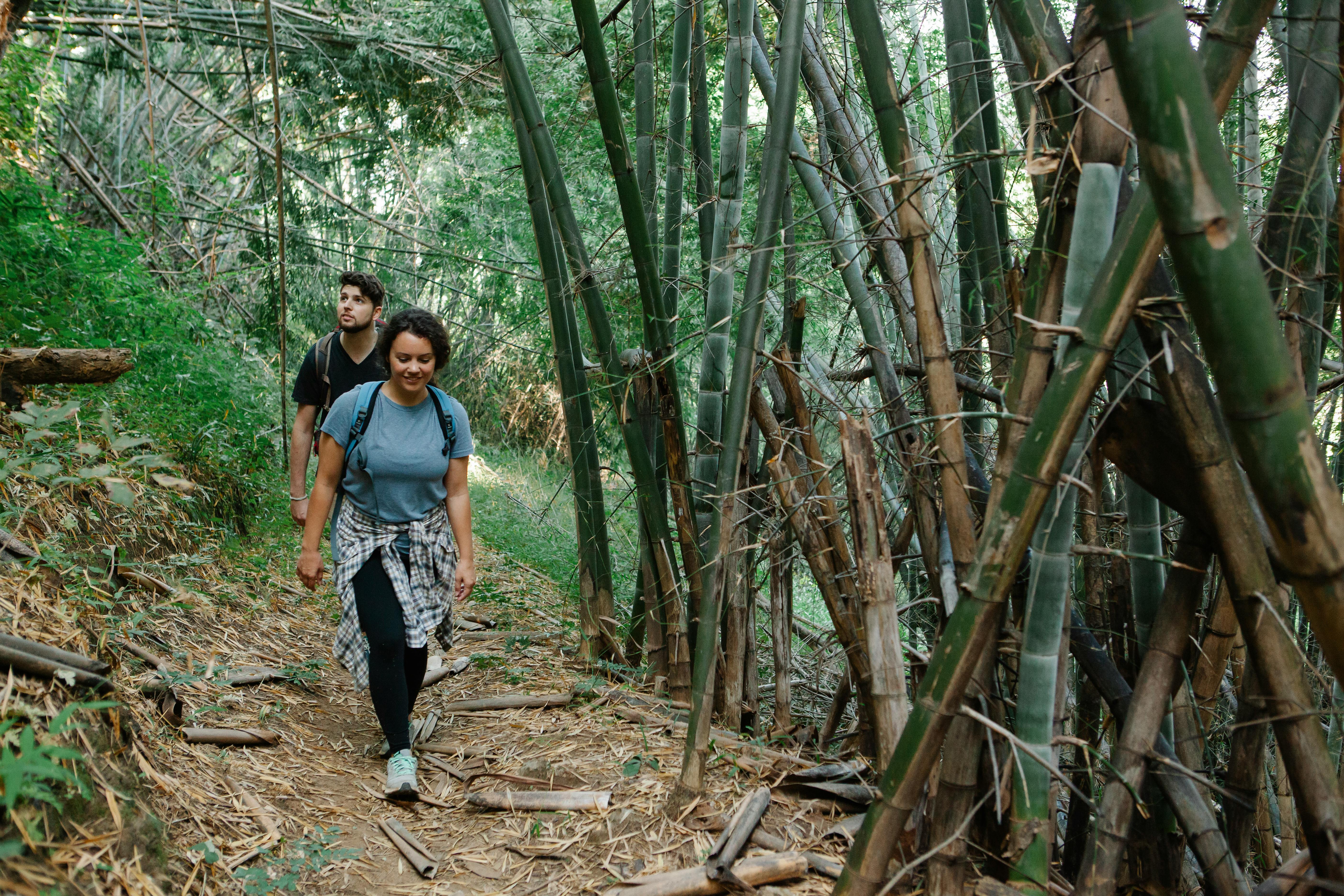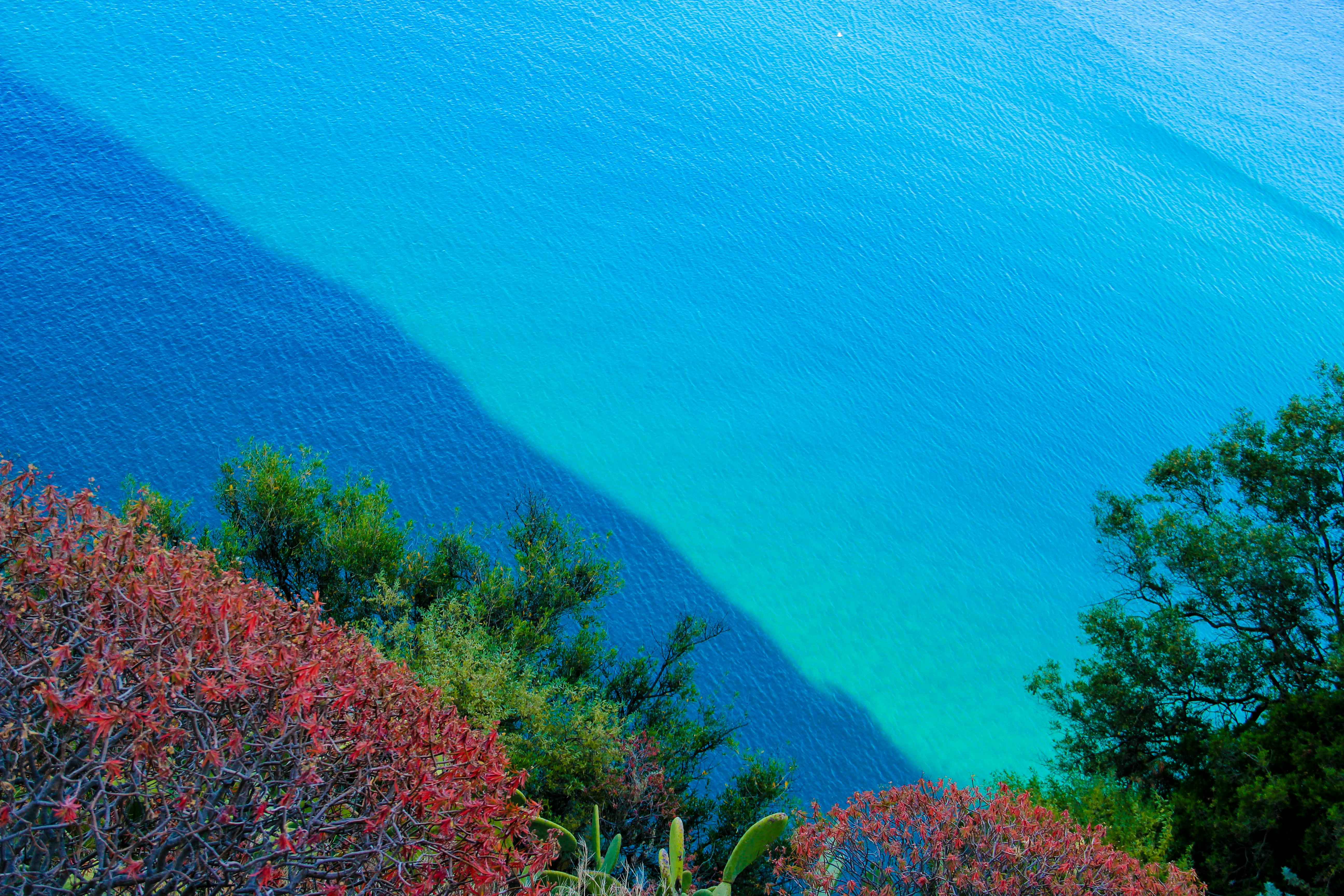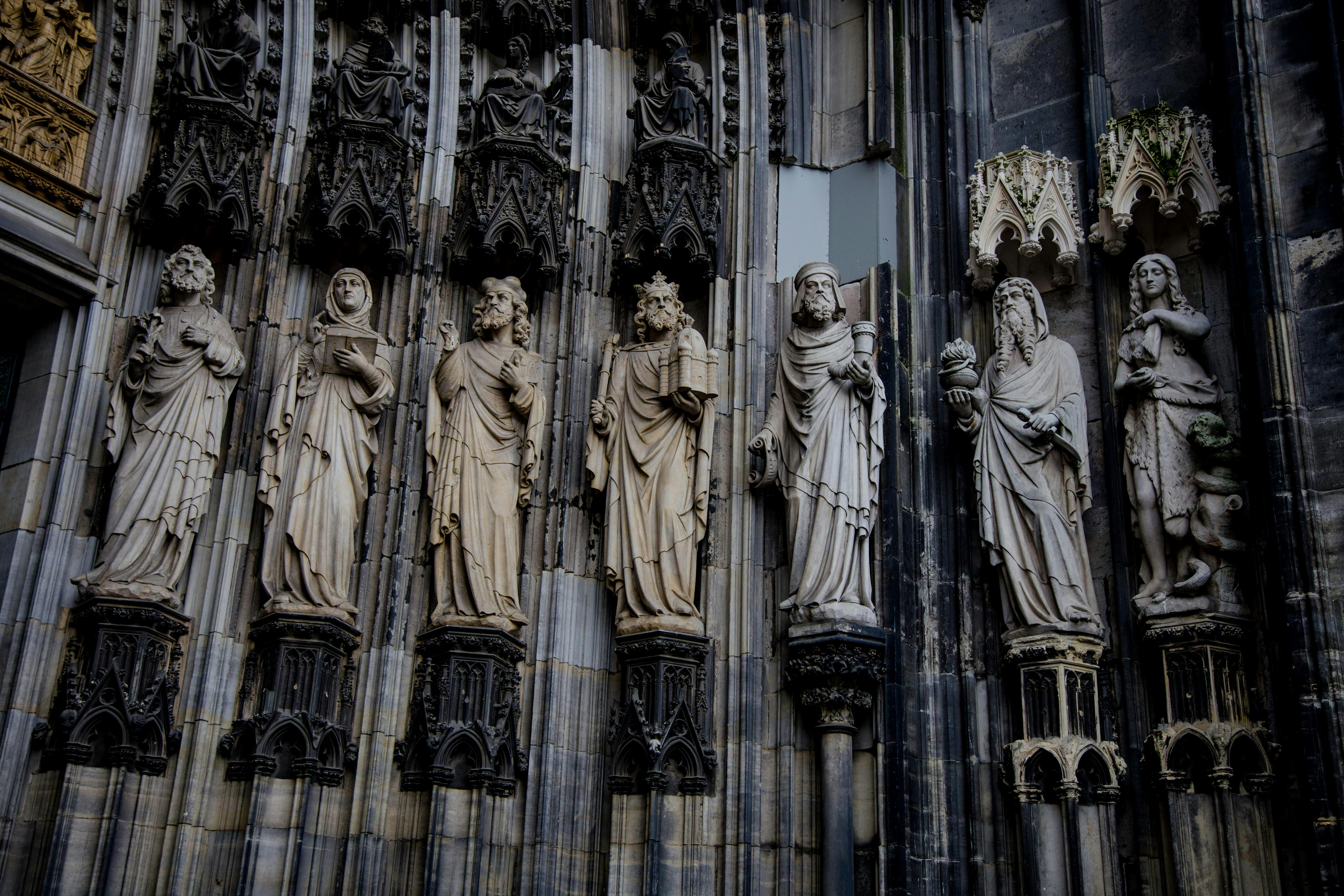
Cyprus Shipwreck Museum
1967, Michael Katzev of the University of Pennsylvania Museum led a team to survey the coast of Cyprus for shipwrecks. In Kyrenia, a sponge diver led the team to the site using a metal detector, proton magnetometer and thrusters, the group spent a month surveying the site to find the ship and cargo in a large area.
During the summers of 1968 and 1969, the expedition, which consisted of 50 underwater archaeologists, students, and technicians, used stereo photography and other techniques developed to record the position of each object before they were lifted. The ship’s wooden hull, which was well preserved in the sandy mud, was then “mapped”, tagged, and lifted in pieces to the surface.
The museum’s objects are the original items on board during its last voyage some 2,300 years ago. From them we can learn about the life of these merchants. The main cargo consisted of more than 400 wine amphoras, mostly made in Rhodes, indicating that this was a major port of call for the ship.
On the other hand, ten different forms of amphorae on board show a stop on a different island like Samos in the north. Another part of the ship’s cargo was 9000 perfectly preserved almonds, which were found in jars on the ship’s hull.
In the stone quarry, probably on the island of Kos, the masons carved identification letters on the sides of 29 millstones that were laid in three rows on the keel. Although these were transported as cargo, they also acted as ballast.
From this knowledge, it can be assumed that the ship sailed south along the Anatolian coast, stopping at Samos, Kos and Rhodes before continuing east to its final resting place in Cyprus.
During the trip, it is clear from the more than 300 net pesos of lead that remained in the bow that the crew supplemented their food with fishing. Meals were probably prepared on land, using large bronze pots and cauldrons.
Sets of four wooden spoons, oil jugs, salt plates and drinking glasses recovered from the shipwreck suggest the number of crew on the last voyage. The ship’s only sail had been dismantled before sinking, as more than 100 lead rings from a large square sail stowed there were found at the stern.
The wooden hull, built primarily of Aleppo pine and originally measuring 47 feet, was preserved at a length of nearly 40 feet, sailed at 4 or 5 knots. The ship was built in the “shell first” way, the complete opposite of the current method. Instead of building a rib skeleton first, its outer planking was built from the keel and then the ribs were laid and secured with copper spikes. The ship was intended for long service and underwent many repairs. In the last repair a layer of lead was applied to the body to keep the old boat waterproof. From the analysis, the ship is believed to be over 80 years old on the day it sank.
Preservation and conservation of the ship began in 1970 and took four years. Most of the restoration was completed after the Turkey Peace Operation and finished in 1976. The last contributions were made to finish the project and open it as a cultural service to the world. Our thanks to the Museum of the University of Pennsylvania and other institutions that gave generous funds for the project and especially to the director Mr. Michael Katsev and the members of the project.






